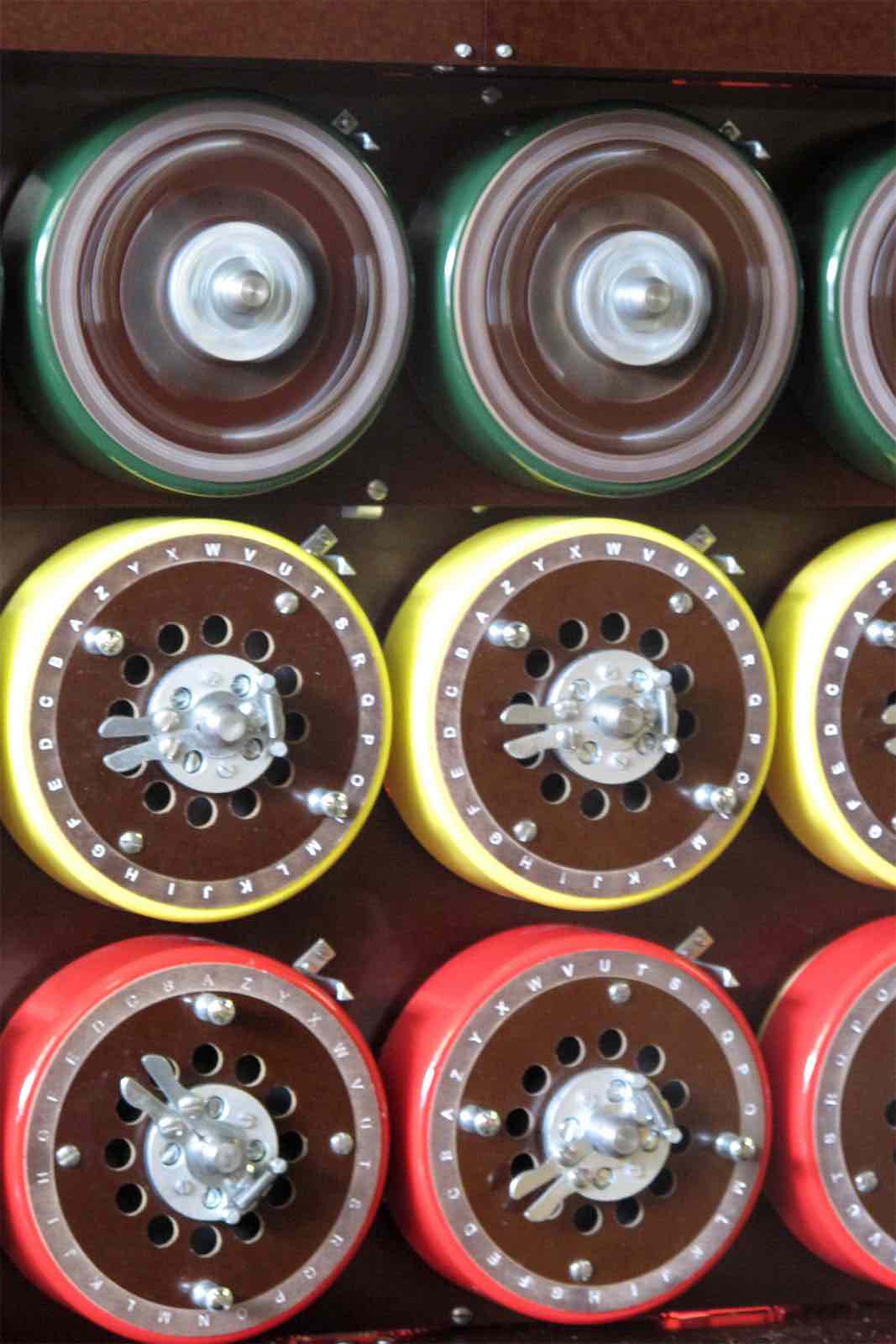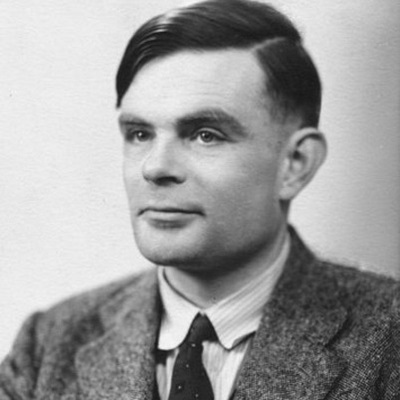Algorithms and Data Capture in Barcode Scanning
 Algorithms are becoming as common place as cell phones these days; maybe even more so. Hardly a day goes by that tech news (and even the evening news) doesn’t have something to say about algorithms and their impact on the modern world. So what, exactly, is an algorithm and why is it so important?
Algorithms are becoming as common place as cell phones these days; maybe even more so. Hardly a day goes by that tech news (and even the evening news) doesn’t have something to say about algorithms and their impact on the modern world. So what, exactly, is an algorithm and why is it so important?
Algorithms are bits of programming language used for calculation, data capture and processing, and automated reasoning. They are the step-by-step, mathematical instructions that guide the calculations used by computers of all kinds. From your microwave and cell phone, to the automated manufacturing that built your car, to the International Space Station, the circuits and programming that surround us are guided by the algorithms created by the bright minds of computer scientists around the world. (Source)
 The emergence of algorithms in the modern age, and specifically their use in automation, can be traced back to the amazing Alan Turing and his work with computational theory. Turing was a British mathematician and logician, who made significant contributions to mathematics, cryptanalysis, logic, philosophy, and mathematical biology early in his career, and also to the new areas later named computer science, cognitive science, artificial intelligence, and artificial life. He is probably best known for his work during World War II at Bletchley Park in Buckinghamshire, England that resulted in the machine, known as the Bombe, which ultimately broke the German Enigma code.
The emergence of algorithms in the modern age, and specifically their use in automation, can be traced back to the amazing Alan Turing and his work with computational theory. Turing was a British mathematician and logician, who made significant contributions to mathematics, cryptanalysis, logic, philosophy, and mathematical biology early in his career, and also to the new areas later named computer science, cognitive science, artificial intelligence, and artificial life. He is probably best known for his work during World War II at Bletchley Park in Buckinghamshire, England that resulted in the machine, known as the Bombe, which ultimately broke the German Enigma code.
In the world of barcoding, there are two essential components required for reading a barcode: the barcode scanning tool, and the algorithms that make it work. The barcode scanner can be one of several types, from pen-type readers to laser scanners, to camera-based, to CCD readers, or omni-directional scanners. Each of these fits a niche in the various roles scanning plays in contemporary culture, but none of these is effective without the accompanying software to make sense of what’s being scanned. The software, driven by algorithms, makes sense of the lines, squares, and dots captured by the scanner.
Much like with other types of software, the algorithms used for scanning must be precise and reliable time after time. The algorithms used by every scanning manufacturer are the engineering direct descendants of Alan Turing’s work during WWII. They are designed to read and interpret a code that contains valuable data so that the end user can access and utilize that data for their specific purpose.
Barcodes can hold a wide range of data. Names, addresses, values for goods, medical information, instructions for use, destinations, dates, and much more can be contained within those lines, squares, and dots. Using the barcode to store critical information in a small, easy-to-read space is a time-saving and cost-saving measure and a security measure as well. In order to access the details contained within the printed barcode, you need a barcode scanner with the proper software. The hardware can capture the image, but the software – specifically the algorithm – changes the image into meaningful and information.
Many of the imaging software programs for barcode readers have a limited range and ability. A high percentage of scanners are programmed only to read a few of the existing barcodes styles. Others can interpret a greater percentage of barcodes, but they struggle to read torn, faded, or misprinted labels, or labels on reflective surfaces. With dozens of barcode styles in use (and others being developed and released frequently), choosing a company with proven abilities in providing the most accurate and effective algorithms is a critical consideration. You should be able to take a free test drive of the hardware and the software you’re considering to be certain that it meets your unique needs.
Understanding the equipment you’re investing in and how it works can help you improve its performance in your organization and improve your efficiency and workflows. After all, isn’t that what a tool is supposed to do – help you work smarter and more efficiently?
---
ABOUT CODE:
Code’s product development team has created a broad offering of scanners designed to meet the needs of healthcare, manufacturing, inventory management, retail, and more. Each scanner is optimized to provide the most efficient scanning for the circumstances. When the Code hardware is combined with the algorithms and software, the combination results in unbeatable quality and results tailored to meet the needs of our clients. We hold 100 different patents in barcoding technology, and our VP of Technology, Dr. Ming Lei, holds a Doctoral degree in Science, System Science, and Mathematics.
We bring innovation, expertise, and 20 years of experience to bear on all our products. We endeavor to create unique solutions to our customers’ needs and to set the standard in the fields where barcoding is employed. We invite you to try a free, no obligation demo of our barcoding solutions and compare them to our competitors. www.codecorp.com
---
Other Barcode news of interest:
